King Boat Works is a name that is synonymous with some of the highest-quality wooden rowing shells available in the world today. Behind the company name is Graeme King, who has been designing, building, and rigging rowing shells for more than 45 years. For the past 23 years, he has been working out of his own shop in Putney, Vermont. This year marks the 25th anniversary of the Kingfisher, a single shell designed by King. A few years later, her sistership, the double Kookaburra, came on the scene. Named for feathered friends from the designer’s native Australia, these birds can fly.
The Kingfisher shell, like her namesake, is sharp-nosed, sleek, and fast. While the kookaburra is not a cousin to the kingfisher in the wild, the double shell of that name mimics the Kingfisher design. Because the Kookaburra is essentially an elongated version of the Kingfisher and most of its elements are identical, I will omit the Kookaburra from much of the following discussion.
 Photo by Karen Wales
Photo by Karen WalesGraeme King (shown) has devoted his career to designing and building wooden rowing shells. He developed the Kingfisher single for the home builder who desires a fast and elegant recreational shell.
King shells are among the most sought-after shells in the world. The wait for one of Graeme King’s round-bottomed, stressed-skin shells can be years. Not every- one needs—or wants—such a high-end shell, especially for leisure-time rowing. So King designed his V-bottomed Kingfisher with the intermediate-level home builder in mind.
Boat design is a study in compromise. It is in choosing well during the initial stages of the design process and then balancing those decisions with well-thought-out compromises that sets a great designer apart from an average one. Here, King’s gifted eye and long experience with rowing shells come into play. He has been very successful, I think, in finding that sweet spot between making the Kingfisher just wide enough to keep her from being too tippy yet skinny enough (and sharp enough) to slice through flat water like a hot knife through cold butter.
In an apples-to-apples comparison of round-bottomed shells, a beamier hull will usually be slower but will have better initial stability than a skinnier one. Realizing the futility in trying to reinvent the conventional shell’s round-bottomed hull shape for the home builder, King opted instead to employ a V-bottom and hard chine in the Kingfisher design. This makes all the difference to a person with limited boatbuilding skill. It also renders a boat that is easier to use than a conventional shell while giving up only a small percentage of the speed.
Getting into a narrow, round-bottomed shell is no easy task. Some background in tightrope walking and logrolling would be of help—and I am not proficient in either one. The Kingfisher’s V-bottom, hard chine, and generous waterline beam of 1’4″ combine to provide a solid feel underfoot while boarding. She’s still a shell—so it remains important to pay attention—but, by comparison she’s easy to board and to balance in the water, even if you have little or no experience with a sliding-seat rowing shell.
The Kingfisher can be used in less than flat-water conditions, within reason. She’ll do fine on a rippled surface in a breeze. I have read that she has successfully negotiated up to 2′ open-bay swells, but in my opinion, putting her in these conditions is begging to take a dip. Unless you have had a lot of experience with this type of craft, you should avoid using the Kingfisher on anything but glass-smooth water until you get used to the boat.
 Photo by Karen Wales
Photo by Karen WalesThe Kookaburra is a double version of the Kingfisher. Like its predecessor, the Kookaburra double is a fast and able recreational shell. Long, quiet expanses such as straight rivers and oblong lakes provide the best conditions for this type of craft.
While some would argue that any sport could be taken up at any age, few are as practical to take on later in life than sculling. It offers full-body strengthening and an outstanding aerobic workout without overtaxing any of the joints. The Kingfisher is a forgiving and fast shell to row. I can’t think of a better fit for someone who is new to this type of rowing. For a pair of rowers, the same holds true for the Kookaburra.
Years ago, I spent some time working for Graeme. One of the perks of the job was taking the early-morning row in a Kingfisher on the Connecticut River, not far from the workshop. Recently I had the privilege of reliving the experience—now paired with Graeme in the Kookaburra. For me, it was like riding a bicycle built for two behind a skilled racer. We shot downriver at an exhilarating pace. The Kingfisher (or Kookaburra) is, of course, not as fast as her U-sectioned counterparts, but she can attain up to 93 percent of the speed of the best competition shells of similar length. Considering all that she has to offer in terms of ease of construction and seaworthiness, that loss of speed is a small price to pay, particularly for the recreational rower.
 Photos by Karen Wales
Photos by Karen WalesKing builds the specialized sliding-seat mechanism and outriggers required by the Kingfisher and Kookaburra. Lightweight oars are purchased separately.
Both plans and kits are available for these boats. Skin and bulkhead pieces are made from 3⁄32″- and 1⁄8″-thick plywood. King also makes seats, slides, and stretcher fittings as well as welding up his own riggers out of stainless-steel tubing. These riggers yield light and strong suspension platforms that place the oarlocks and their associated point loads far from the hull, then spread the loads into the hull as the oarsman’s powerful stroke levers him along the water’s surface.
Decks are of heat-shrink Dacron. All it takes is a few staples and a household iron to achieve a drum-like quality in these taut-skinned decks. Applying it is simple and satisfying. Later on, varnish will seal the weave and give the deck a smooth, hard finish.
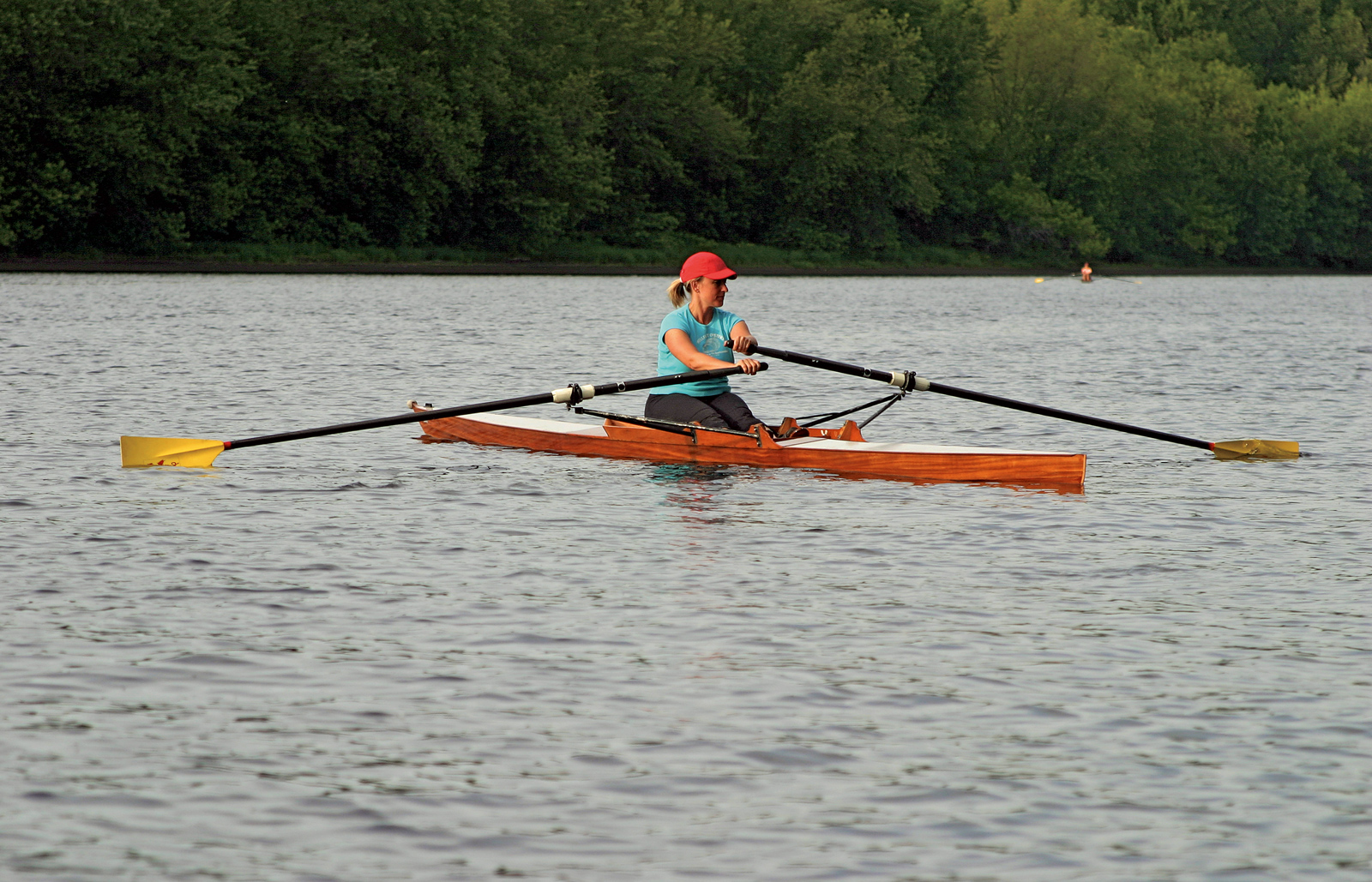 Photo by Karen Wales
Photo by Karen WalesHere is hull No.1 of nearly 1,000 Kingfishers that have been built over the past 25 years. Her sapele plywood hull glistens in the afternoon sun.
Using a kit will make the building process easier. It will alleviate some hair-pulling and help ensure that the boat will come in at her proper weight, perform well, and look nice. Even if you’re usually not a kit person, you may wish to reconsider when contemplating building either of these shells. If building from scratch is your preference, I still suggest purchasing riggers and hardware (seat, slides, and stretcher fittings) from King.
A few words about portaging and hauling: Both the Kingfisher (42 lbs) and Kookaburra (65–70 lbs) can handily be carried by two people. Either design lends itself well to portaging. Cartopping is also possible— even for the 27′ Kookaburra—which makes a statement around town, to be sure. For cartopping, either craft should have its own cradle, so that it can be upside down. It must be well anchored to the cradle and the cradle lashed securely to the car. Complete the job by tying lines from each end of the boat directly to the car. Follow this advice, and you shouldn’t have any difficulty in hauling. Just be sure to watch those turns!
Either the Kingfisher or the Kookaburra will offer a challenging and enjoyable building experience as well as a lifetime of fun on the water. Graeme King’s exceptional abilities and his enduring dedication to his craft continue to enrich all of us who are interested in these fine-lined rowing boats. He is a rare bird, indeed. ![]()
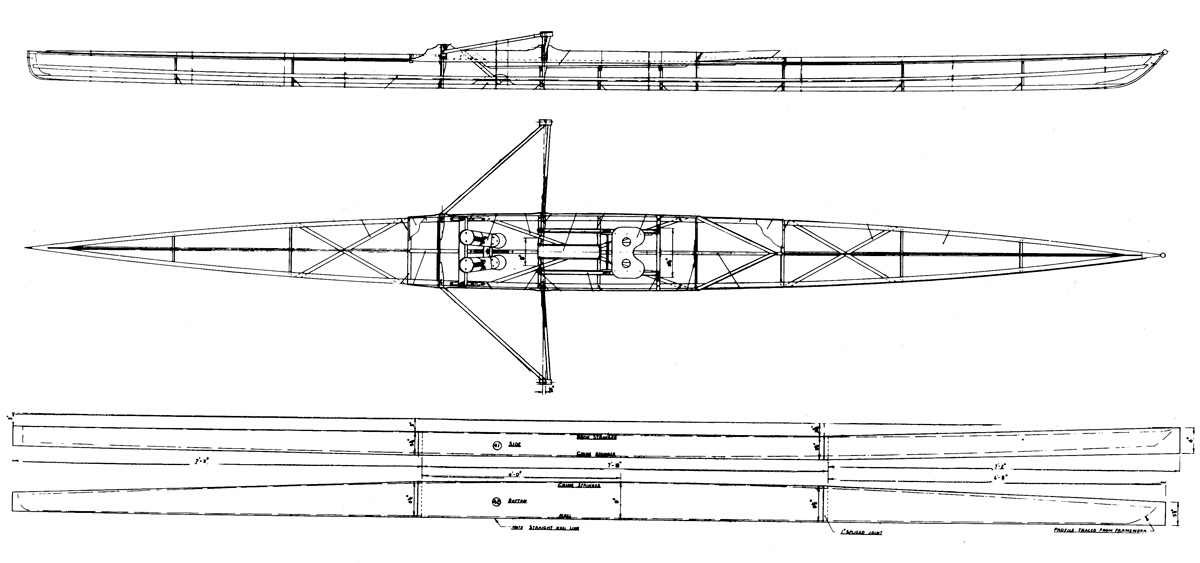
Keel, stringers, and 3⁄32”-plywood planking are attached to 1⁄8” permanent, bulkhead-type frames. The hull is further strengthened with trusses. Detailed plans include many full-sized patterns and a suggested building jig.
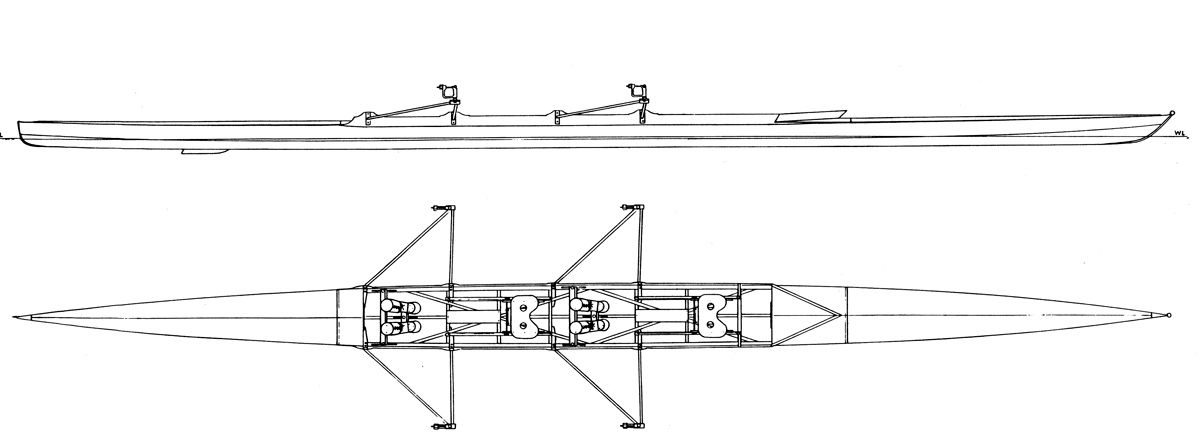
A V-bottom and hard chine give the Kookaburra (and Kingfisher) better initial stability than that of round- bottomed competition shells.This hull configuration makes these shells easier to build, too.
This Boat Profile was published in Small Boats 2010. Plans for the Kingfisher and Kookaburra are available at The WoodenBoat Store.
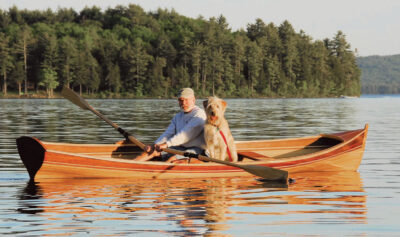
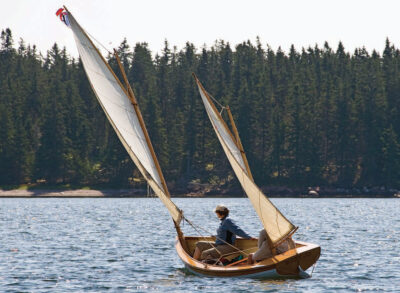
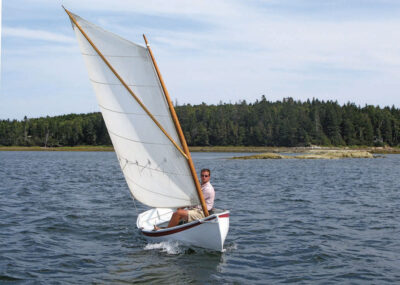
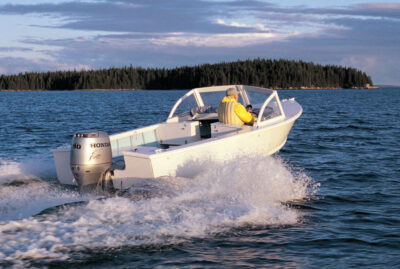
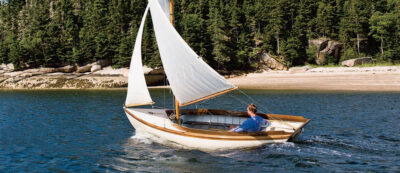
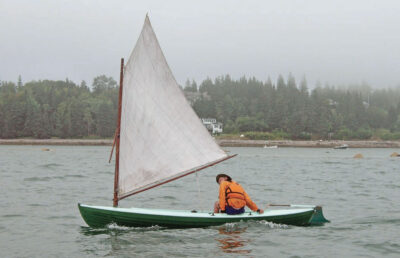


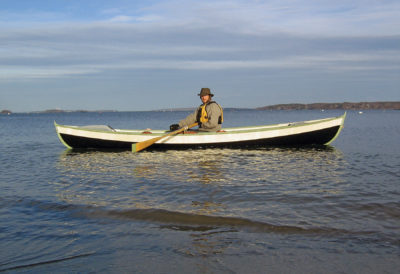
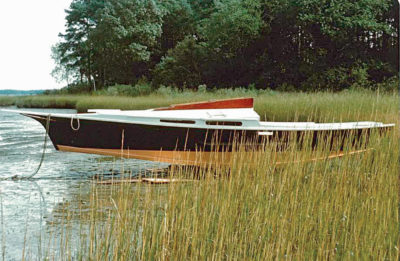
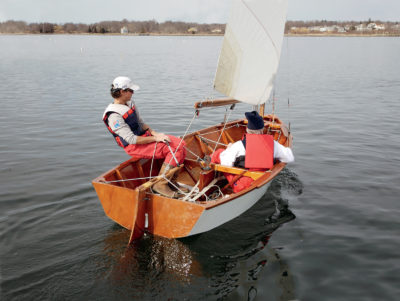
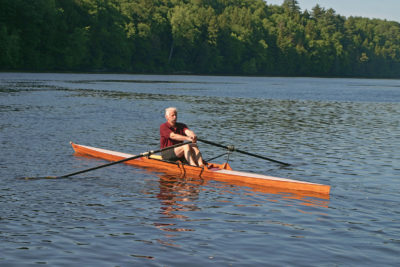
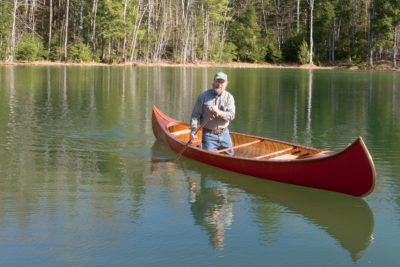
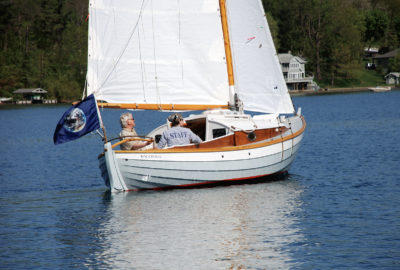
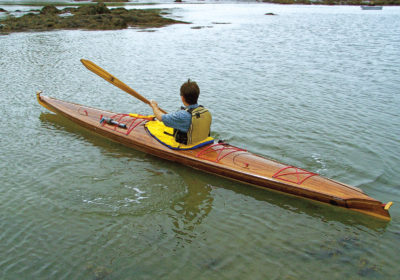
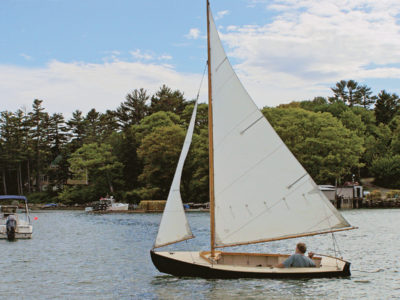
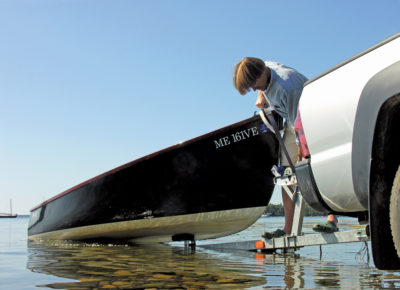
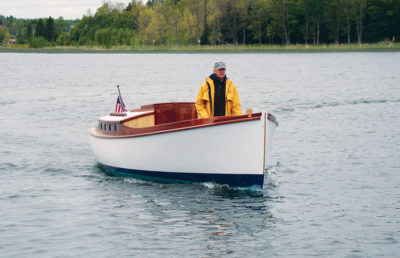
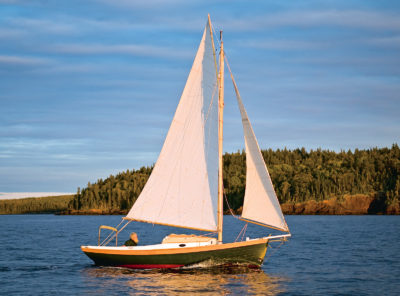
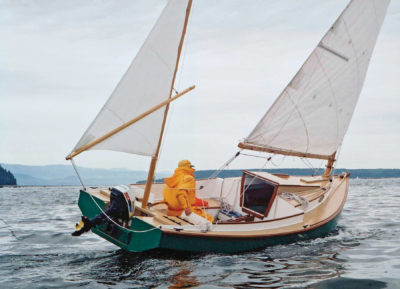
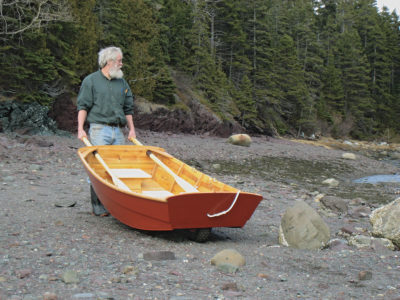
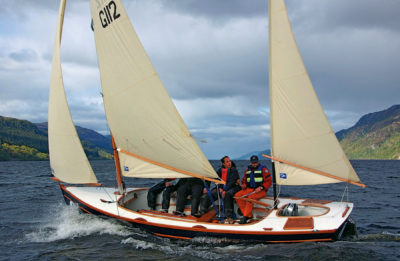
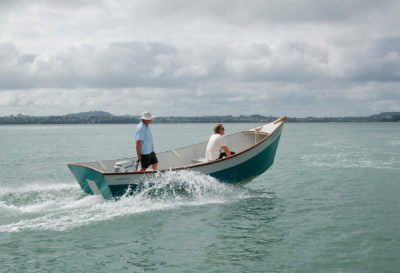

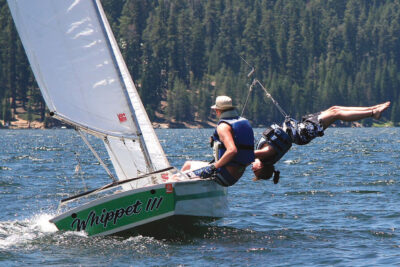

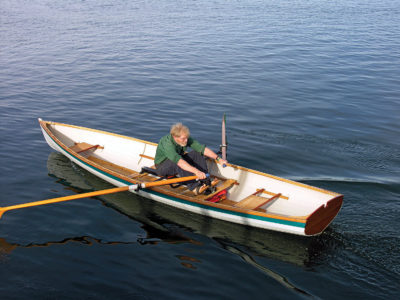
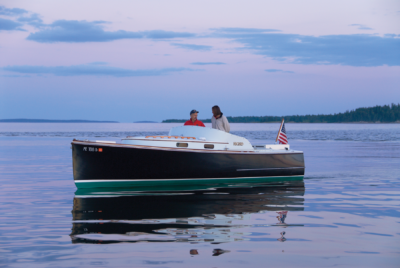
Hi Karen,
I’m now retired (but not for long it seems) and living back in South Australia.
Last year I was busy renovating the house I purchased as well as getting a small workshop and design office set up so hopefully I can finish up some more designs for the home builder, but all this up takes time especially at my age.
All the best,
Graeme
Graeme,
I’m an old rower from a time when all racing shells were moulded ply and we knew how to get in and out of a shell by standing on the keel. I have longed for a nice varnished hull and was wondering if the Kingfisher’s hull could be adapted to the rounded section of a racing shell.
Thanks,
Rob
Hi Graeme
I’m very interested to know of your Kingfisher kits or used shells for sale in Australia. I started competitive rowing in 1953 in New England (USA) and your shells enraptured me, especially as a master sculler for 22 years. I’ve built several small plywood boats and Kingfisher looks like a perfect transition from offshore sailing now that I’m 85.
Hello Graeme ,
I posted a question earlier about the max load recommended on the Kookaburra !?
I cannot find the info anywhere…I found 220 for the kingfisher…but I doubt it’s just twice that for the Kookaburra (would be too simple ) … I know there are formulas around to calculate that…but I haven’t found any yet (simple enough for my ability…)
Many thanks in advance … best from Bordeaux France
Just a bit of antipodean ornithology. The statement “While the kookaburra is not a cousin to the kingfisher in the wild, …” startled me.
In the wild, the Kookaburra and the Kingfisher are not only closely related but belong to the same family, genus Dacelo.
Kookaburras are very large, tree-dwelling kingfishers and the largest member of the Kingfisher family.
The Kingfisher design was the first of three shells I have built to King’s design. Since I finished it in 2000, I have built a strip-built double/pair and wood/carbon single with a stern-mounted wing rigger which I still row 70 times a year since 2006. Of those boats, the Kingfisher was the most comfortable to row. I loved that boat, it fit me like a well-broken-in pair of blue jeans. I rowed in Buzzards Bay, Cape Cod ponds, even on a rowing/camping trip on the upper Connecticut river. I sold that boat when I had built the new single but I do miss it still, particularly when the SW winds start to kick up Sippican Harbor. I do agree with Ms. Wales that it is no boat to be in on open water.
My only complaint was I never was wild about the “soft” deck. I found it a little too delicate for my brand of “Gypsy rowing”. My current boat has a “hard” composite-and-wooden deck, which is very much tougher and more suitable for the extensive car topping I engage in.
Hi Richard. I appreciate your experience with the Kingfisher. What was your ‘hard’ deck material and weight, did it add stiffness and torsion strength? It sounds suited to my use in Australia. What sort of car-top cradle and protection do you have? What is a stern-mounted wing rigger?
Lots of questions! And good to sort things before construction…
Cheers
Andrew
Graeme, great to hear and see you in action again. I did finish the sectional (3 x 9′ sections) single racer based on your plans for 85kg weight. Would love to send you some pics of the finished boat. The mating plates for the sections work beautifully and I take it to a local lake here in Savannah, GA regularly.
Hope to talk or email soon.
Bill
Graeme, we talked a couple of times before you left the states. I am using the Kingfisher as a practice build before I start the double. I am putting the ash strips on but since I am a total neophyte to boat building I’m not sure about how they should look when finished. Close-up pictures would help. Profile and side view. I am keeping a notebook full of my mistakes and how I fixed them so I’ll be ready to tackle the Kookaburra.
Hi Graeme,
Do you know of any plans for a racing shell? I’ve yet to see any except an incomplete set (damaged) for a Phelps single and the plans that are in Darryl Strickler’s wonderful book, Rowable Classics. Building a single may be out of the technical reach of most of us, but surely plans must exist.
Roger Slaymaker
I have a beautiful rounded-hull King single which has a curved, not straight, stern. When I’m sculling well, the boat produces a rooster tail of water off the stern.
My boat has wooden decks and is kept in a boat shed which is over water. For some reason or other, small bubbles developed in the varnish on the hull, but not on the deck. I’ve sandpapered the hull down and am about to revarnish it with International Goldspar Original premium Marine gloss varnish, but I wondering why the problem developed. I’d be grateful for any suggestions.
For example, should I remove the two access disks when the scull is in the shed, or simply loose them slightly when slinging the scull in the shed, or not loosen them at all?
I plan to build a Kookaburra … and unfortunately, haven’t been able to find anywhere, its maximum load capacity !?
If anyone has the info … it will be very helpful! And I thank you in advance.
Hello Graeme,
I built the Kingfisher back in 1986, then I developed a similar boat with a round hull bending 2mm – 3mm okoume panels in a jig. You designed and sold me the riggers for these boats in 1993 and I sold four, but kept the prototype. The boat was stored at my daughters, she removed the riggers, and now they are apparently lost!! Would you by chance still have the specs for those riggers and could you produce another pair.